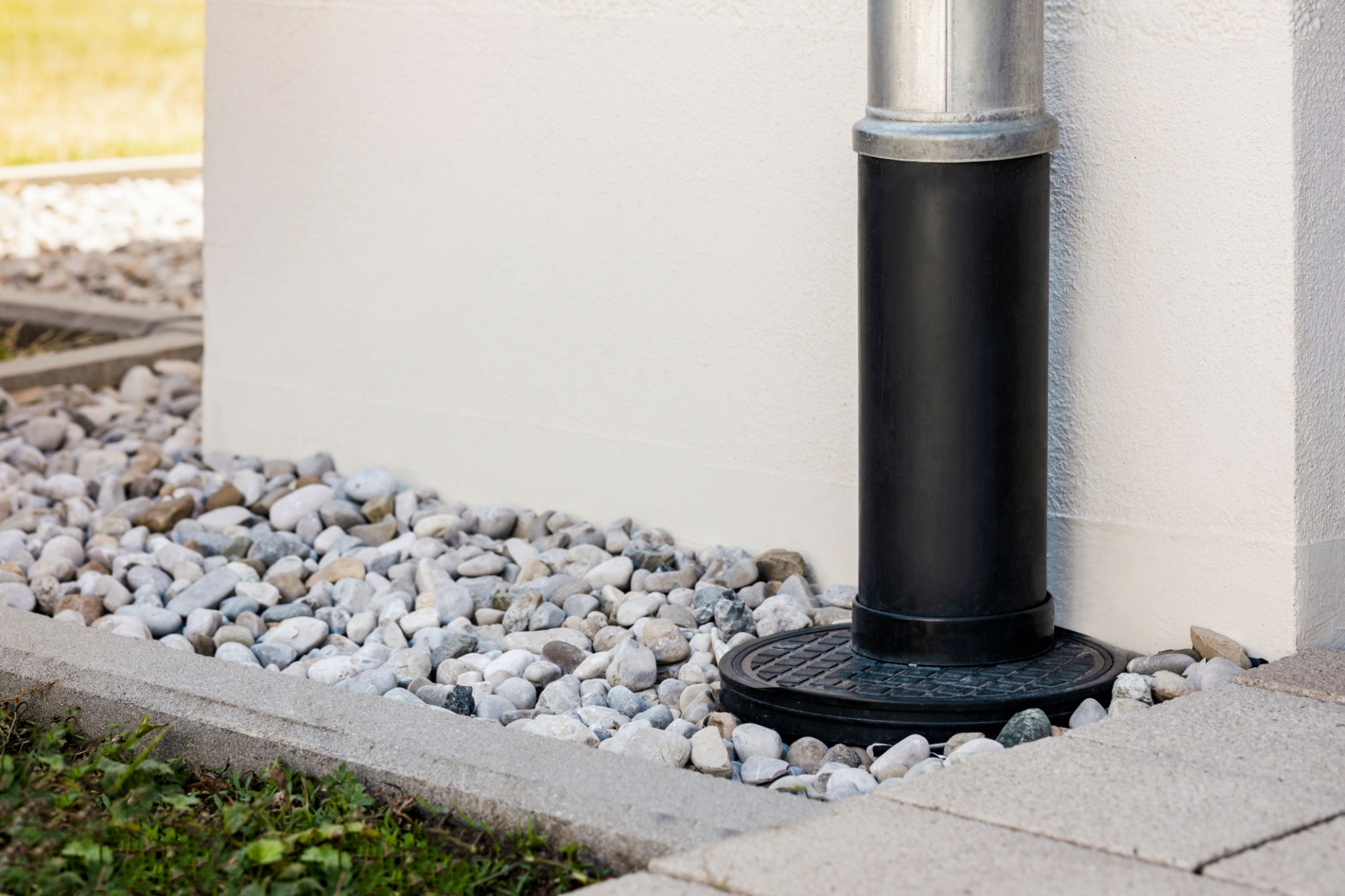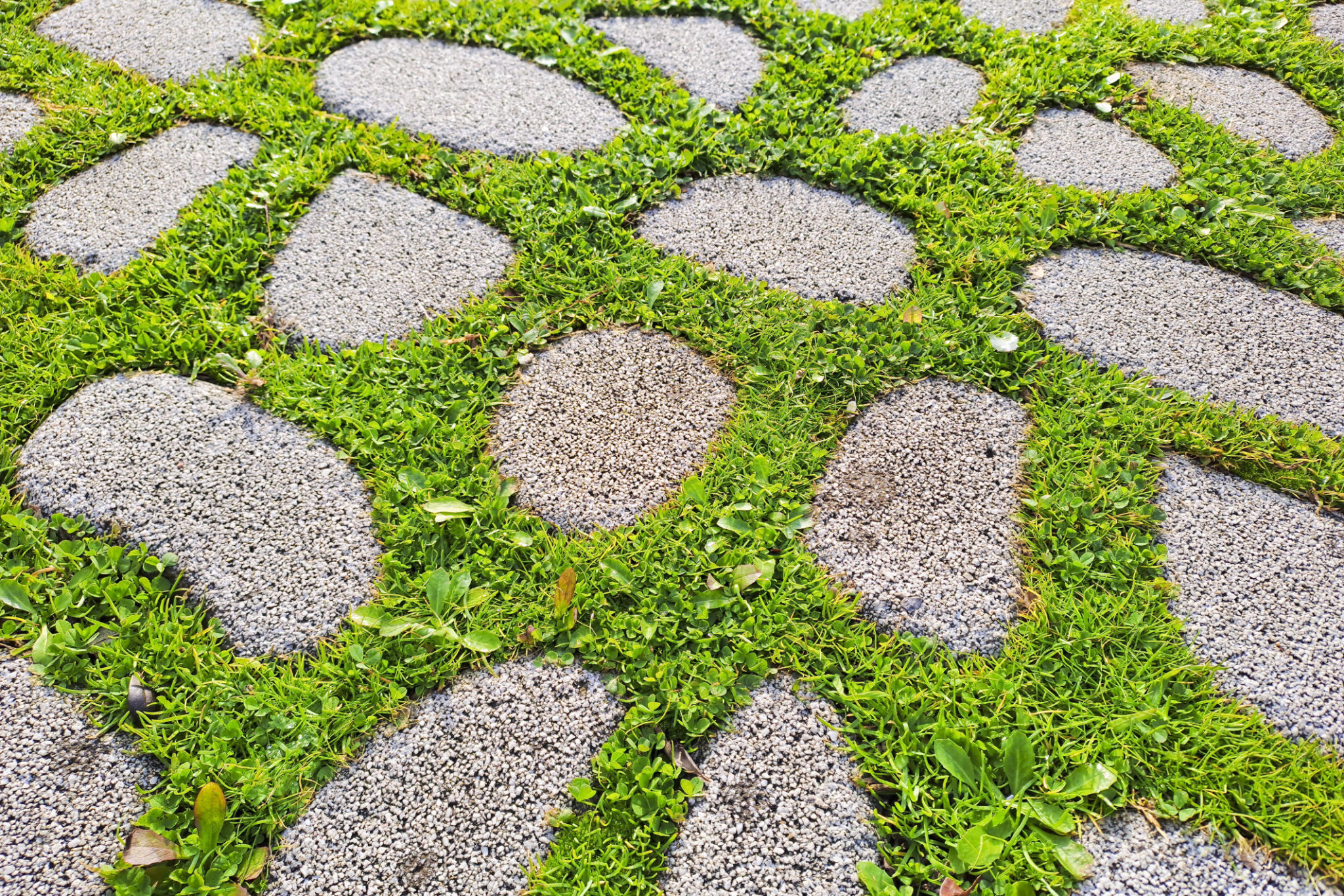Understanding Permeable Paving: Myths vs. Facts
Introduction to Permeable Paving
Permeable paving is an innovative solution gaining popularity for its environmental benefits and functionality. It is designed to allow water to pass through the surface, reducing runoff and promoting groundwater recharge. However, there are many myths surrounding this paving option that can lead to misconceptions. In this post, we will explore some common myths and uncover the facts about permeable paving.

Myth: Permeable Paving is Not Durable
One of the most common myths is that permeable paving is less durable than traditional paving options. In reality, permeable pavements are designed to be just as strong and long-lasting. They are constructed with materials that can withstand various weather conditions and heavy loads, making them suitable for residential driveways, parking lots, and even roads.
Moreover, the durability of permeable paving largely depends on proper installation and maintenance. When installed correctly, permeable pavements can perform efficiently for decades without significant deterioration.
Fact: Permeable Paving Helps Manage Stormwater
An important benefit of permeable paving is its ability to manage stormwater effectively. By allowing water to infiltrate through the surface, permeable pavements reduce surface runoff and the risk of flooding. This is particularly beneficial in urban areas where traditional drainage systems can be overwhelmed during heavy rainfalls.
Permeable paving also helps filter pollutants from stormwater, improving water quality as it recharges the groundwater supply. This makes it an environmentally friendly option for sustainable urban development.

Myth: Permeable Paving is Expensive
Another misconception is that permeable paving is significantly more expensive than traditional options. While it is true that the initial installation cost may be higher due to specialized materials and techniques, the long-term benefits often outweigh these costs.
Permeable paving reduces the need for extensive drainage systems and lowers maintenance costs associated with water damage and flooding. Additionally, some municipalities offer incentives or rebates for implementing green infrastructure solutions like permeable paving, which can further offset costs.
Fact: Various Materials are Available for Permeable Paving
Permeable paving comes in a variety of materials, each offering unique benefits. Options include permeable concrete, porous asphalt, interlocking pavers, and gravel systems. These materials provide flexibility in design and application, allowing homeowners and developers to choose the best fit for their specific needs.

Choosing the right material depends on factors such as load-bearing requirements, aesthetic preferences, and environmental conditions. Consulting with an expert can help ensure the most appropriate material is selected for your project.
Conclusion
Permeable paving offers numerous benefits that make it an attractive option for many applications. By debunking common myths and understanding the facts, you can make informed decisions about incorporating this sustainable solution into your projects. With proper installation and maintenance, permeable paving can enhance both the functionality and aesthetics of your outdoor spaces while contributing positively to the environment.
